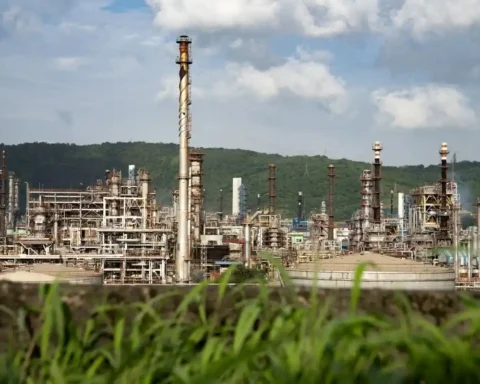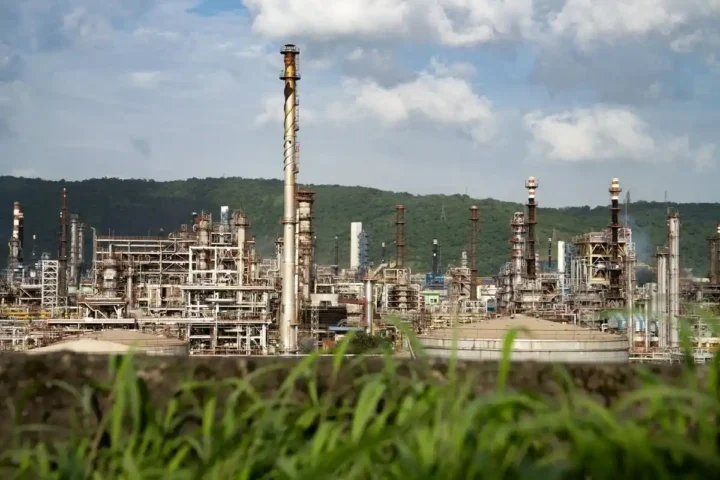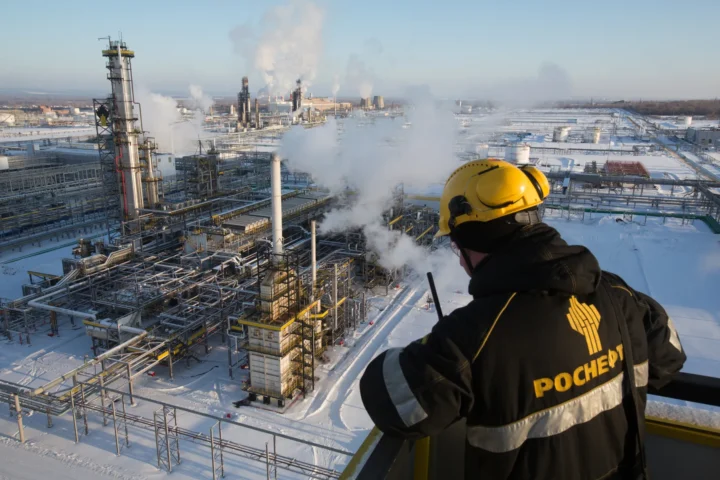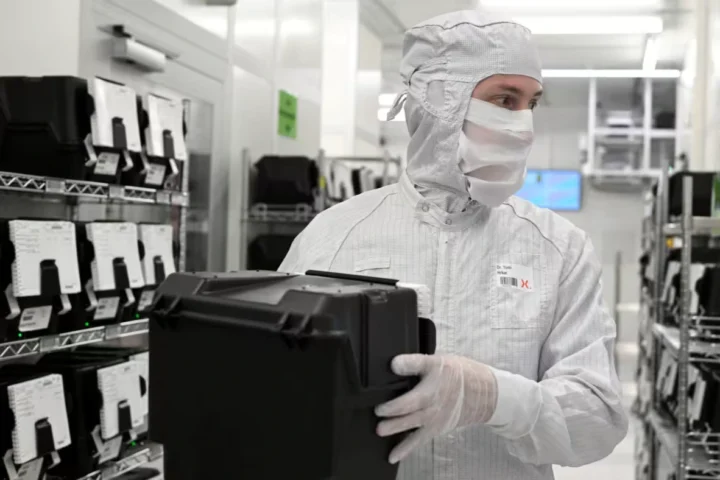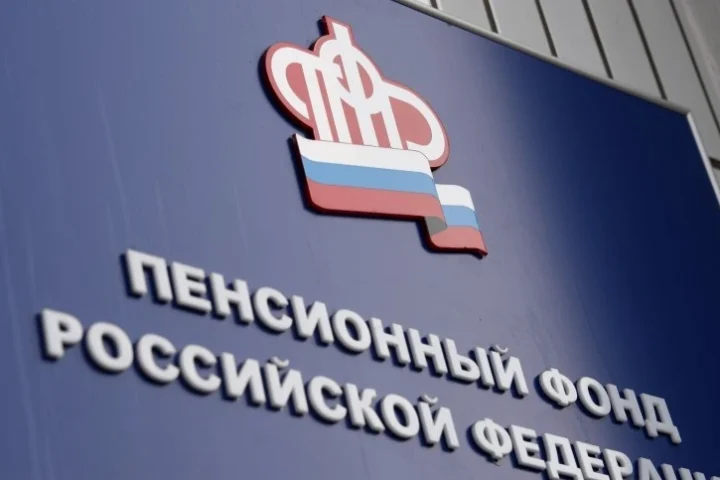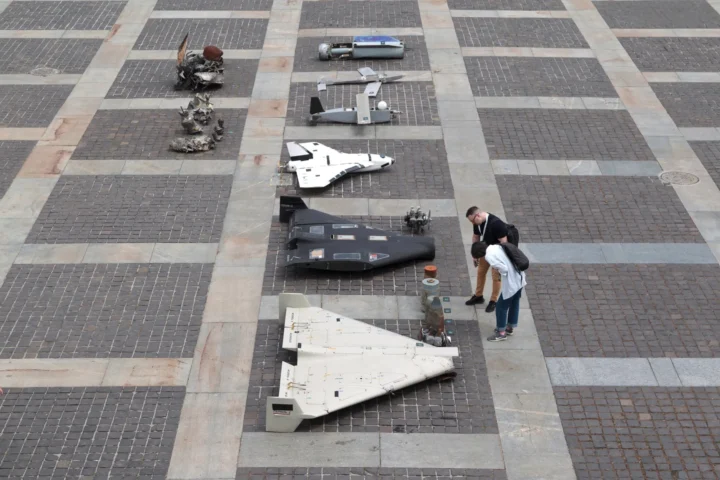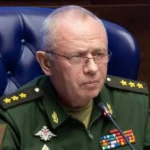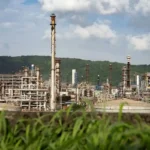Russian President Vladimir Putin has reportedly expressed readiness to halt the advance of Russian troops along the current front line in Ukraine. According to The Financial Times, citing sources familiar with the negotiations, this statement was made during a recent meeting in St. Petersburg with Steve Witkoff, a special envoy appointed by Donald Trump’s team.
Sources claim that Putin is willing to relinquish claims to areas of four Ukrainian regions still under Kyiv’s control—provided a peace deal is reached with the United States. In return, Moscow expects Washington to recognize Russia’s annexation of Crimea and acknowledge its effective control over the occupied parts of Donetsk, Luhansk, Kherson, and Zaporizhzhia.
This proposal represents the first formal signal since the beginning of the full-scale invasion in 2022 that Moscow may retreat from its initial maximalist demands, which had included the full capitulation of Ukraine in the east and south.
However, European diplomats briefed on the negotiations warn that such “concessions” may be a tactical trap. “There’s a lot of pressure on Kyiv right now to give up things so Trump can claim victory,” one European official told FT.
A Marathon of Negotiations: London, Paris, Moscow
The new proposal is currently being discussed behind closed doors. A trilateral meeting is scheduled for Wednesday in London with Ukrainian, European, and American officials. However, both Steve Witkoff and U.S. Secretary of State Marco Rubio have reportedly withdrawn from the talks, according to sources cited by FT. Trump’s Ukraine envoy Keith Kellogg is still expected to attend.
Simultaneously, Russian news agencies report that Witkoff will travel to Moscow later this week. Kremlin spokesman Dmitry Peskov told The Financial Times: “Tense work is under way. We are talking to the Americans. The work is difficult and takes a lot of time, so it is difficult to expect immediate results, and the work cannot be done in public.”
Donald Trump himself posted on social media Sunday: “I hope Ukraine and Russia make a deal this week and then start to do business with the United States of America, which is thriving, and make a fortune!”
Zelenskyy: “Ukraine Will Not Recognize the Occupation of Crimea”
Ukrainian President Volodymyr Zelenskyy told journalists that he had not received any official proposal from Trump outlining concrete steps toward peace. “There are signals, ideas, discussions — but it isn’t an official proposition,” he said. “If such an official proposition came, we will answer.”
Nevertheless, Ukrainian officials told FT they are open to considering some of the ideas put forward by Trump’s team, though they did not specify which ones. Among the U.S. suggestions are the deployment of a European peacekeeping contingent and the establishment of a non-NATO international military force to monitor a ceasefire along a demilitarized zone that would stretch across the entire front line.
This proposed force would work jointly with Ukrainian and Russian units on either side of the so-called line of contact to enforce an armistice.
Draft Terms of a Potential Agreement
According to these ideas, Ukraine would commit not to retake occupied territories by force, while Russia would stop its slow military advances. It remains unclear whether Trump is pressuring Ukraine to officially recognize Crimea as Russian. However, Zelenskyy reiterated his unwavering stance: “Ukraine will not recognize the occupation of Crimea. It’s our territory, the territory of the people of Ukraine — there is nothing to discuss here.”
Russia has already rejected some U.S. proposals, particularly those involving NATO troop deployments in Ukraine. Still, according to FT, Putin may be willing to abandon his earlier demand for full control over all four regions—if the U.S. agrees to broader geopolitical concessions such as recognizing Crimea and barring Ukraine from joining NATO.
Although a constitutional amendment introduced by Putin in 2020 prohibits Russia from giving up any of its claimed territories, pro-Kremlin journalist Konstantin Remchukov wrote in Nezavisimaya Gazeta that the fighting might end once Russian troops fully reclaim the Kursk region, parts of which were briefly held by Ukrainian forces last year.
“When they liberate the last half a percent, then the troops can stop wherever they are when the news reaches them,” Remchukov wrote. “It is thought Trump understands this, thanks to Witkoff. And it is hoped this will all happen by April 30 so he can proudly declare that he got his peace mission done in the first 100 days of his presidency.”
Political and Territorial Realities
Putin announced the annexation of the four southeastern Ukrainian regions during a lavish Kremlin ceremony in September 2022—even though Russia did not fully control any of them at the time. To this day, the Kremlin maintains only partial control over these areas. Donetsk and Luhansk have been held since 2014 via proxy forces, while cities like Zaporizhzhia—home to around 700,000 people—have never been under Russian control, though they are frequently targeted by Russian strikes.
Previously, Russia’s demands for peace included a neutral Ukraine outside of NATO, official recognition of Russian territorial claims, the lifting of Western sanctions, and a reduction in NATO troop presence near Russia’s borders.
When asked for comment, a U.S. State Department spokesperson said they could not speak on “the substance of the negotiations.”
Putin’s offer to freeze the conflict might mark a turning point in the war, but experts warn against rushing to judgment. Even if the U.S. is ready for compromise, for Ukraine the key issues remain territorial integrity, sovereignty, and the principle of non-interference. The new diplomatic initiative offers both opportunities and risks — particularly the danger of cementing a de facto partition of the country.
This article was prepared based on materials published by The Financial Times. The author does not claim authorship of the original text but presents their interpretation of the content for informational purposes.
The original article can be found at the following link: The Financial Times.
All rights to the original text belong to The Financial Times.







